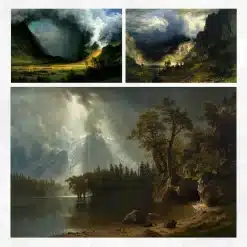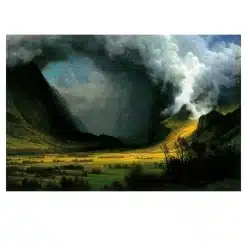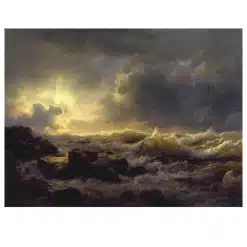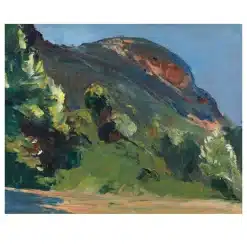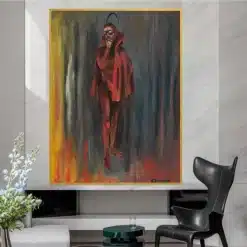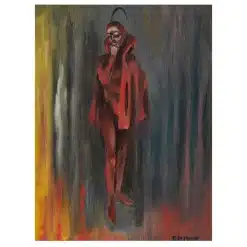PRINT on CANVAS
Price range: $26.00 through $89.00
PRINT on CANVAS
Price range: $26.00 through $89.00
PRINT on CANVAS
Price range: $26.00 through $89.00
PRINT on CANVAS
Price range: $26.00 through $94.00
PRINT on CANVAS
Price range: $26.00 through $52.00
PRINT on CANVAS
Price range: $26.00 through $137.00
Price range: $26.00 through $93.00
PRINT on CANVAS
Price range: $26.00 through $143.00
Price range: $26.00 through $89.00
PRINT on CANVAS
Price range: $26.00 through $89.00
PRINT on CANVAS
The Morteratsch Glacier by Albert Bierstadt Printed on Canvas
Price range: $27.00 through $123.00
PRINT on CANVAS
Price range: $27.00 through $133.00
PRINT on CANVAS
Price range: $26.00 through $44.00
PRINT on CANVAS
Price range: $26.00 through $52.00
PRINT on CANVAS
Price range: $26.00 through $89.00
PRINT on CANVAS
Price range: $26.00 through $89.00
PRINT on CANVAS
Road with Cypress and Star by Vincent van Gogh Printed on Canvas
Price range: $26.00 through $89.00
Price range: $26.00 through $52.00
PRINT on CANVAS
Storm in the Mountains by Albert Bierstadt Printed on Canvas
Price range: $26.00 through $94.00
Price range: $26.50 through $54.00
Price range: $26.00 through $93.00
PRINT on CANVAS
Price range: $26.00 through $93.00
PRINT on CANVAS
Price range: $26.00 through $89.00
PRINT on CANVAS
Price range: $26.00 through $93.00





































